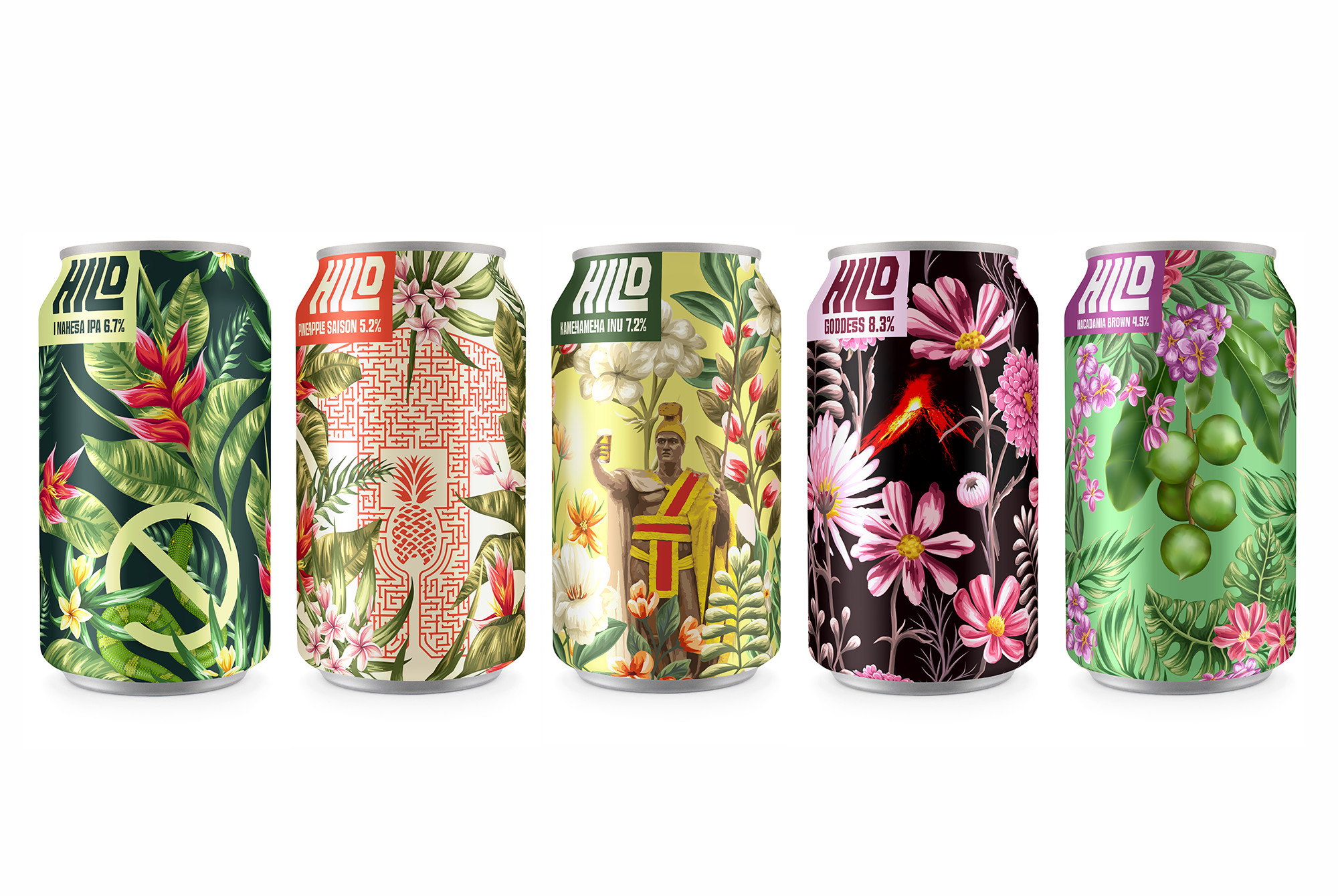In early 2017, we heard about a gentleman from Upstate New York who was beginning an ambitious project. With “Resurrect Beer,” designer PJ Engel is creating new branding and packaging for a defunct brewery from each state. The project is a fascinating lesson in history, design, and culture. This week, Engel redesigns the Hilo Brewery from Hilo, Hawaii, which went under in 1942.
Hilo Brewery was only open for five years, from 1937 to 1942, which meant they didn’t have time to produce any advertising or breweriana. The name Hilo matched the city of Hilo on the big island where the brewery was located. In Hawaiian, Hilo has three meanings: a famous Hawaiian navigator; twisted or braided; and first or new moon.
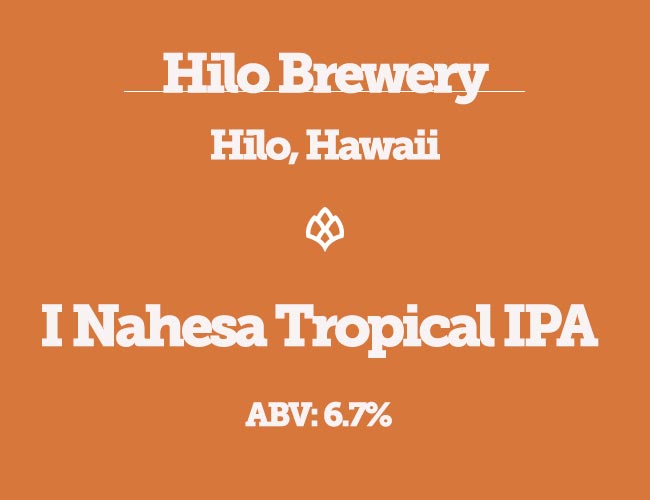

Winter is almost over, so let’s get tropical. For our first can from Hilo Brewing, we examine a curious Hawaiian law that outlaws the importation of snakes. Why? Because without any predators to keep the population low, snakes would eventually overrun the islands. Which makes us wonder why Indiana Jones never visited–sounds like his kind of place.
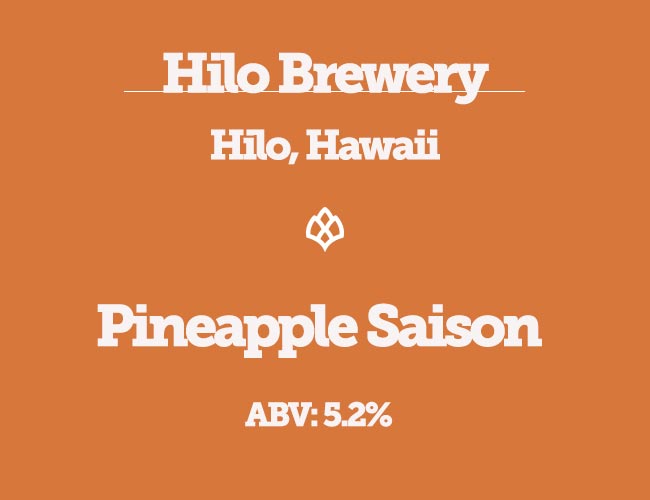

The Guinness World record for the largest maze goes to the Dole pineapple maze on their plantation in Wahiwa, Hawaii; it covers three acres with two and a half miles of paths and 14,000 pineapple plants. Sounds like a full day of wandering, but less scary than the maze at the Overlook Hotel. In this maze, patrons get a map to help them find the center garden.
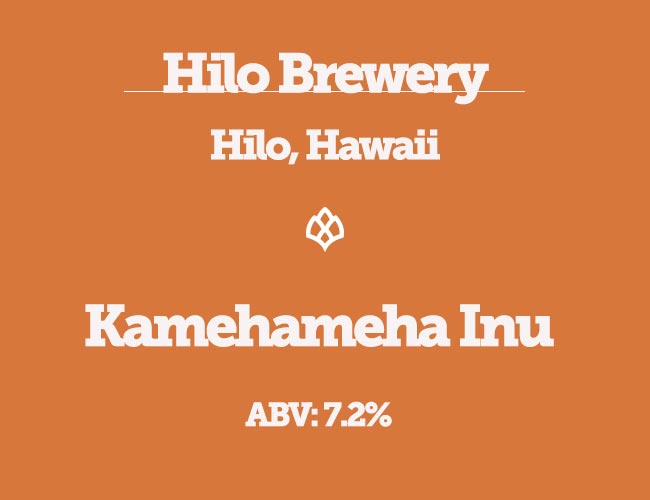

Hawaii is the only U.S. state to honor a monarch. King Kamehameha Day is celebrated on June 11th as a public holiday with parades and celebrations on the islands. There is a statue of Kamehameha in Honolulu that is decorated with leis annually and a replica in Emancipation Hall in Washington D.C.
The venerated king’s full Hawaiian name was Kalani Paiʻea Wohi o Kaleikini Kealiʻikui Kamehameha o ʻIolani i Kaiwikapu kauʻi Ka Liholiho Kūnuiākea, but to use that, I’d have to wrap the name around the can like a barber pole. In 1810, he conquered the islands and established the Hawaiian Kingdom. His rise to power is somewhat explained through folklore; he was the only human to move the Naha stone, and prophecy explains that whomever moves the Naha Stone will unite the islands.
During his rule, he instituted the Law of the Splintered Paddle, which protected the human rights of non-combatants during war. The origins of this law stem from a time when Kamehameha’s leg was stuck in rocks near the shore and two fishermen broke a wooden paddle over his head instead of helping him. Years later, when the fishermen faced the king, Kamehameha did not punish them but gave them a gift of land and established the protection of anyone not fighting in wars. He also established a legal system, created trade with taxation, promoted trade with Europe and the U.S., and prohibited non-Hawaiians from owning land. The latter prohibition was lifted in 1848, but to this day anyone who is not of Hawaiian descent is not considered to be Hawaiian.
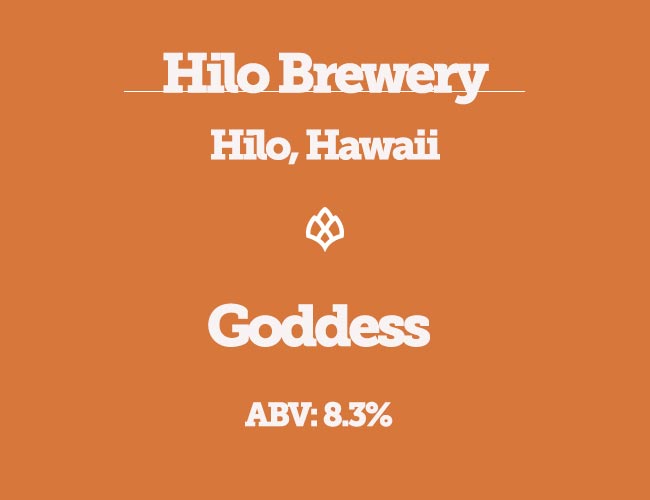
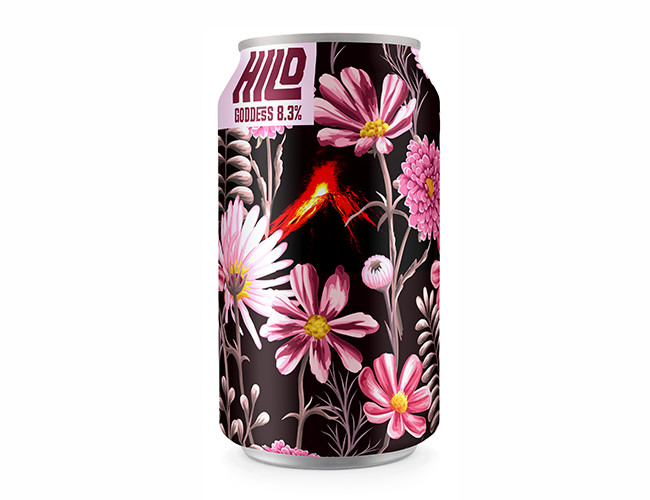
For centuries, Pele the volcano goddess has been a part of Hawaiian legends. It is said that if you meet a beautiful young woman in red, or an older woman with white hair, you must greet her with “Aloha” and offer your help. To be truly in Pepe’s good graces, you must visit Halema’uma’u crater and give an offering of food, flowers, and gin. If you do not follow the first set of rules, you or your family will experience death or heartbreak (Gin has been know to do that as well).
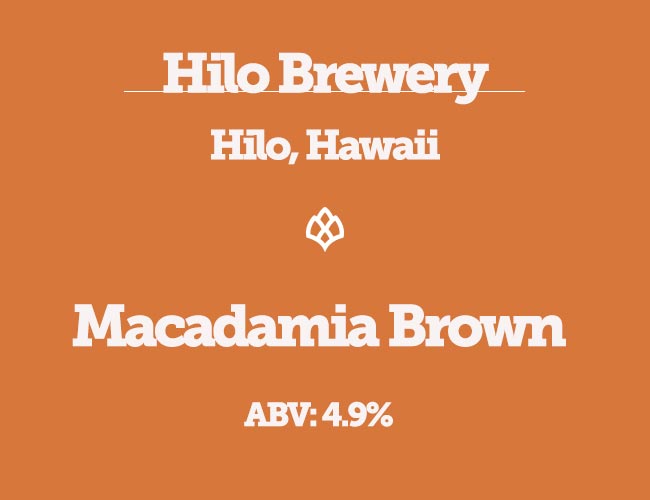

Two of the major crops that Hawaii is known for are not native to the islands; macadamia nuts were introduced after early plants thrived in the soil and climate. In the early 1920’s, the first plantation was established on government land by a Massachusetts man—Ernest van Tassel. After nine years of research, scientists and their students grafted a handful of strains that would yield high quality crops. If any Hawaiian breweries are reading this and haven’t brewed a macadamia nut beer… do it and send some to me.

